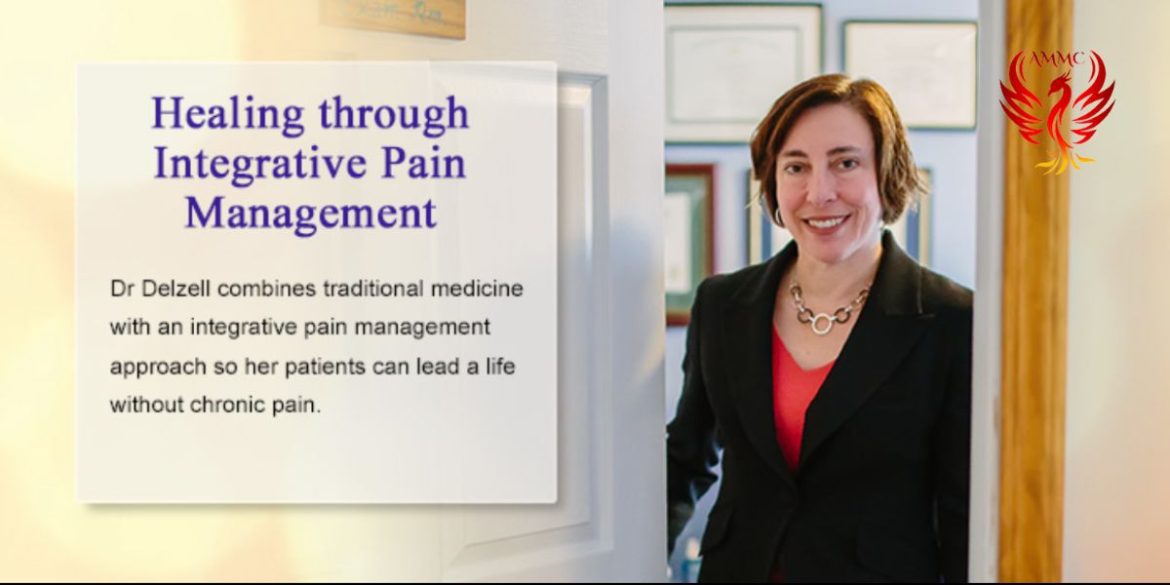What is Fascia?
Fascia is the scaffolding organ system of the body. It covers all of the organs including the musculoskeletal system: muscles, nerves, tendons, ligaments. It is made up of water, strong connective tissue cells such as collagen and an extensive neurovascular network.
Fascial Dysfunction
When there is fascial dysfunction it can manifest in multiple ways. When there is an anatomic problem, such as scarring of the fascia, we use ultrasound to evaluate its appearance as well as to look at its dynamic function in relationship to the muscles to see if there is contraction restriction or sticking of the fascia to the underlying muscle. The extensive neurovascular network is the means by which the brain monitors the health of the fascia and underlying organ composed of fibers from BOTH the somatic and autonomic portions of the nervous system. When there is fascial dysfunction, it can manifest as pain and send messages to the brain that the underlying muscle, ligament or nerve is damages even if it is not. However, due to the presence of the fibers of the autonomic nervous system coursing through the fascia, symptoms can also be reproduced if the sympathetic fibers are activated in times of stress and/or anxiety. Therefore, when treating the fascia, we need to treat both the body and the mind, hence the mind-body connection.
Treat the Fascia, Treat the Pain
Treating the fascia has a multi-tiered approach that involves treating the physical abnormality as well as the nerve transmission dysfunction that can occur. In people with fascial dysfunction from an injury, overuse, as well as entities such as myofascial pain syndrome and fibromyalgia, treating the entire fascia will provide the best outcome. Treatments include: excellent hydration to provide lubrication and smooth gliding over the underlying organs; slow methodical stretching to break up scar tissue and reset the fascial function; mind-body techniques such as meditation and breathing to upregulate the parasympathetic nervous system and downregulate the sympathetic nervous system; ultrasound guided needle treatments in the cases of physical restriction by scar tissue of the underlying muscle; and infrared laser to help heal scar tissue and reset the nerve electrical impulses to a more normal level so the fascia can transmit the correct signals to the brain.
You can see how in many cases hydration in combination with regular moving meditations such as Yoga, Tai Chi or Qi Gong can be effective in treating fascial dysfunction as these practices involve slow methodical stretching as well as parasympathetic nervous system activation. Advanced MMC is an integrative pain practice. Integrative medicine addresses pain in a multi-tiered way in order to get the best outcomes and return people to a higher quality of life.
Advanced MMC is an integrative pain practice. Integrative medicine addresses pain in a multi-tiered way in order to get the best outcomes and return people to a higher quality of life. Call for a free 10 minute consultation with Dr. Patricia Delzell to start your journey towards healing.



